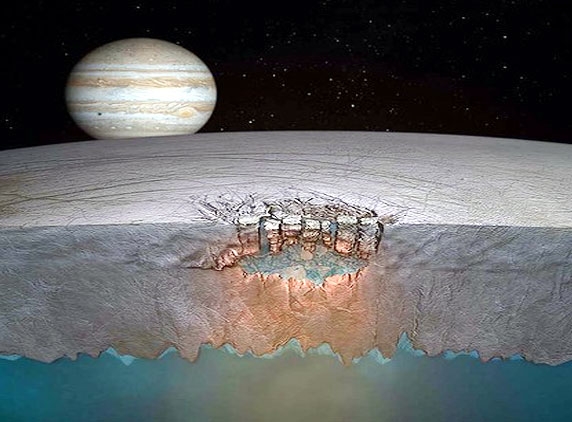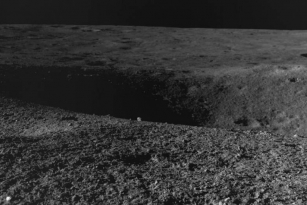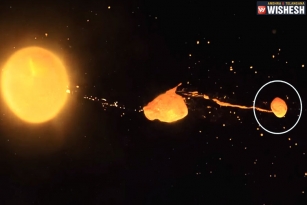
According to data from a NASA planetary mission, there is significant exchange between the icy shell and the ocean beneath Jupiter's moon Europa. This information could bolster arguments that Europa's global subsurface ocean represents a potential habitat for life.
Mary Voytek, director of NASA's Astrobiology Program at the agency's headquarters in Washington, D.C., said the data opens up some "compelling possibilities." However, scientists around the world will want to take a close look at this analysis and review the data before NASA can fully appreciate the implications of these results, Voytek noted.
NASA's Galileo spacecraft, launched by the space shuttle Atlantis in 1989 to Jupiter, produced numerous discoveries and provided scientists decades of data to analyze. Galileo studied Jupiter, which is the most massive planet in the solar system, and some of its many moons.
One of the most significant discoveries was the inference of a global salt water ocean below the surface of Europa. This ocean is deep enough to cover the whole surface of Europa and contains more liquid water than all of Earth's oceans combined. However, being far from the sun, the ocean surface is completely frozen. Most scientists think this ice crust is tens of miles (kilometers) thick.
Nonetheless, Britney Schmidt, lead author of the paper and postdoctoral fellow at the Institute for Geophysics at University of Texas at Austin, explained that if the ice shell is thick, the surface might not be communicating with the underlying ocean.
"Now, we see evidence that it's a thick ice shell that can mix vigorously and new evidence for giant shallow lakes," she stated. "That could make Europa and its ocean more habitable."
This recent analysis shows chaos terrains, two roughly circular, bumpy features on Europa's surface, may be formed by mechanisms that involve significant exchanges between the icy shell and the underlying lake.
This provides a mechanism or model for transferring nutrients and energy between the surface and the vast global ocean already inferred to exist below the thick ice shell. This is thought to increase the potential for life there.
Still, because the inferred lakes are several miles (kilometers) below the surface, the only true confirmation of their presence would come from a future spacecraft mission designed to probe the ice shell.
"This new understanding of processes on Europa would not have been possible without the foundation of the last 20 years of observations over Earth's ice sheets and floating ice shelves," said Don Blankenship, a co-author and senior research scientist at the Institute for Geophysics, where he leads airborne radar studies of the planet's ice sheets.














